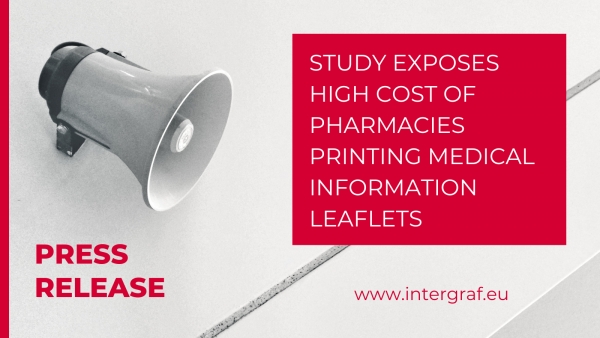21 August 2014
Neuroscience demonstrates the unique impact of direct mail
Virtual media has seen huge growth in recent years, while physical media, including print and direct mail, has declined. Wanting to understand whether there are any differences in the communications effectiveness of physical and virtual media, Royal Mail commissioned some unusual research.
A team from Millward Brown collaborated with the Centre for Experimental Consumer Psychology at Bangor University to develop a powerful and innovative approach to understanding how both physical and digital media are processed by the brain. They successfully turned cutting-edge neuroscience into a practical marketing project, delivering original insights that identify fascinating differences in levels of brain engagement for the two types.
The team used functional Magnetic Resonance Imagery (fMRI) scanning to chart the brain's reaction to physical and virtual stimuli. fMRI allowed them to look directly at brain activity and see the brain regions most involved in processing advertising. These include quite subtle processes that respondents can find hard to articulate verbally or which may be unavailable to introspection and could therefore be missed by conventional research.
20 participants were shown both ads that were already in the market and an equal number of 'scrambled' images, which were used as control to allow for the fact that the physical material stimulates more than one sense. The same material was shown on-screen to produce the online, virtual experience, and printed on cards to produce the physical experience. While participants interacted with the material, brain scans were used to assess how the processing of marketing messages was affected by the medium of presentation. The results of the research strongly suggest that greater emotional processing is facilitated by the physical material than the virtual.
Research Insights
The key findings included the discovery that tangible materials leave a deeper footprint in the brain, and this is not just because the physical materials stimulate both sight and touch; the subtraction of brain signals from the scrambled materials accounts for this.
Material shown on cards (read direct mail) generated more activity within the area of the brain associated with the integration of visual and spatial information. This suggests that physical material is more real to the brain. It has a meaning and a place, and is better connected to memory because it engages with its spatial memory networks.
Direct mail and other physical material involves more emotional processing, which is important for memory and brand associations. More processing is taking place in the right retrosplenial cortex when physical material is presented. This is involved in the processing of emotionally powerful stimuli and memory, which suggests that the physical presentation may be generating more emotionally vivid memories. Physical activity generates increased activity in the cerebellum, which is associated with spatial and emotional processing (as well as motor activity) and is likely to be further evidence of enhanced emotional processing.
Physical materials produced more brain responses connected with internal feelings, suggesting greater 'internalisation' of the ads. The medial PFC and cingulate are the parts of the brain associated with emotional engagement, and are activated more by physical materials. The brain's 'default network' appeared to remain more active when viewing direct mail. Activity in this brain network has been associated with a greater focus on a person's internal emotional response to outside stimuli. This suggests that the individuals were relating information to their own thoughts and feelings.
The foregoing is a precis of Mail Media Centre's research into how brands can better engage consumers. For more information, please contact your Regional Director.
Downloads Intergraf Economic News (Paper Prices) - March 2024
Intergraf Economic News (Paper Prices) - March 2024
18 March 2024
Access the latest edition of the Economic Newsletter for the European Printing Industry for data on paper consumption, and pricing data for pulp, paper and recovered paper. Data for packaging papers and board is also available with this edition.
 STUDY EXPOSES HIGH COST OF PHARMACIES PRINTING MEDICAL INFORMATION LEAFLETS
STUDY EXPOSES HIGH COST OF PHARMACIES PRINTING MEDICAL INFORMATION LEAFLETS
7 March 2024
Intergraf welcomes the release of a study by our partner MLPS (Medical Leaflet = Patient Safety), a subgroup of the European Carton Manufacturers Association (ECMA) shedding light on the potential economic costs associated with the proposed use of Print on Demand (PoD) leaflets in the pharmaceutical legislation revision.
The BPIF is the printing industries champion. By becoming a member you join a diverse and influential community. We help you solve business problems, connect you to new customers and suppliers and make your voice heard in government.
Call 01676 526030









